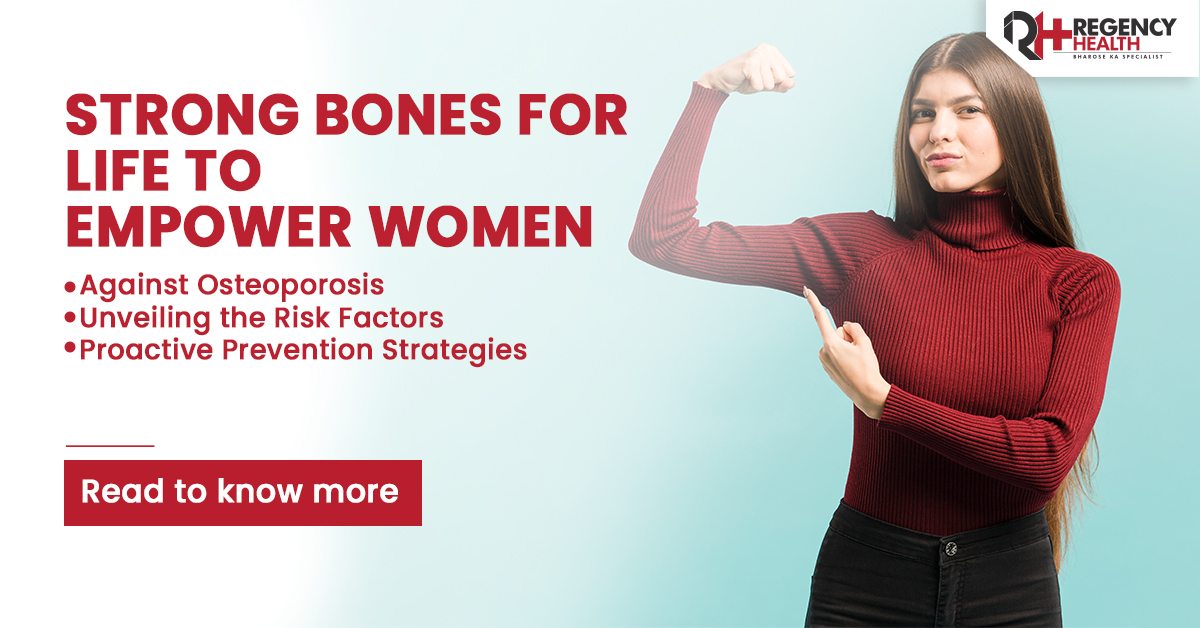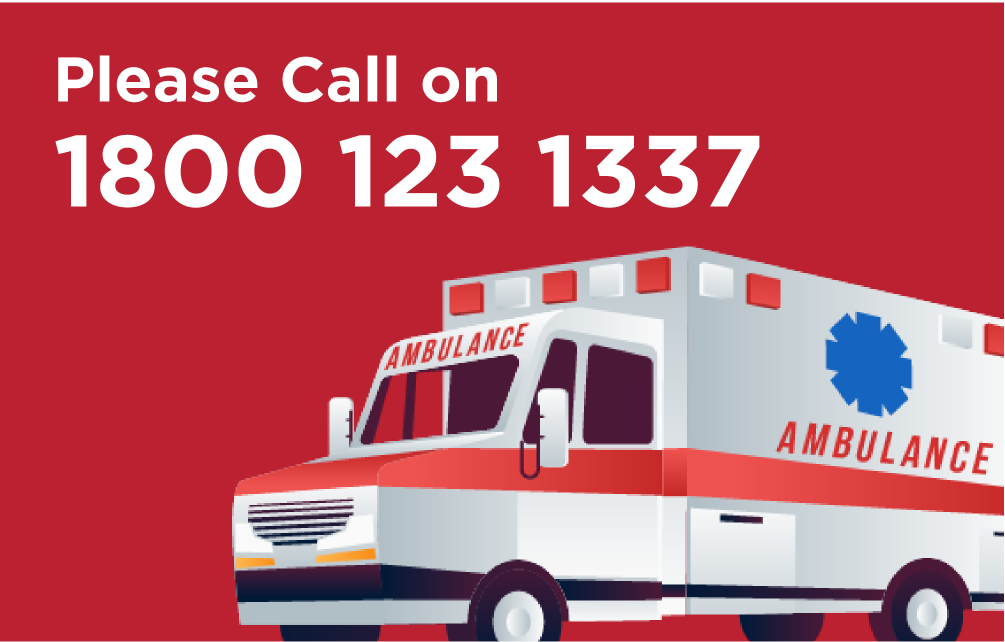
What is Osteoporosis
Osteoporosis translates to “porous bone.” It is a condition where bones weaken, thereby increasing your chance of facing fractures and other bone issues. Osteoporosis causes severe damage to the bones and weakens them by reducing the overall mass of the bones. The symptoms of Osteoporosis can progress without giving many warning indicators. This is why, the condition is not discovered in most cases till the patient suffers from a fracture. The majority of these involve hip, wrist, and spine fractures. Both men and women can get osteoporosis, although women are four times more likely to get it than men. One in every two women and one in every four males will get an osteoporosis-related fracture after the age of 50.
Osteoporosis in Women
We typically gain more bone than what we lose up until the age of roughly 30. After age 35, bone mass gradually decreases because of bone deterioration which outpaces the bone formation process. Women suffering from Osteoporosis lose bone density way quicker and the rate of bone deterioration increases after menopause.
Age heightens everyone’s risk for osteoporosis fractures. However, the risk of getting osteoporosis is highest in postmenopausal women or women over the age of 50. Since menopause decreases the synthesis of estrogen, a hormone that prevents excessive bone loss, women tend to experience accelerated bone loss in the first 10 years after menopause.
Asian and Caucasian women are more prone to osteoporosis condition. Black and Hispanic women are also a demographic who are at constant risk from Osteoporosis still at risk, though. African-American women are more likely to die from a hip fracture as compared to white women.
Osteoporosis Causes
Women are more susceptible to osteoporosis since their bones are thinner and smaller than men’s. Several other factors apart from bone strength contributed to the high risk of osteoporosis in women. Some of these are:
- Premature Ovarian Failure
Premature ovarian failure, also known as primary ovarian insufficiency is a condition when your ovaries cease working to their full effect before the age of 40, it is called. Estrogen production in people suffering from premature ovarian failure is quite low. Estrogen safeguards bone health, which is why having insufficient amounts of it can increase the risk of osteoporosis.
- Being Underweight
Osteoporosis can occur as a result of being underweight. This is due to the effects a low-calorie diet may have on specific hormones in the body that are important for bone health.
- Nutritional Deficiency
When it comes to bone health, calcium, and vitamin D are important. A person is more likely to develop osteoporosis if they do not receive enough of either over their lifetime. Women are more likely to have lower calcium and vitamin D levels, which increases their risk of osteoporosis.
- Menopause
The body produces less estrogen during menopause, which causes estrogen levels to drop. The healthy operation of the reproductive system is aided by estrogen. Osteoclasts, which are cells that tear down bones, also rise as estrogen levels drop. This raises postmenopausal women’s chance of developing osteoporosis.
What are symptoms of Osteoporosis?
Osteoporosis symptoms are usually pretty subtle and discreet which is why the condition is sometimes referred to as a silent disease. However, be on the lookout for the following:
- Losing height (shortening by at least an inch)
- Posture change (bending or sinking forward)
- Breathlessness (reduced lung capacity as a result of squeezed discs)
- Broken bones
- Lower backache
Diagnosis of Osteoporosis
Patient’s medical history is examined to understand their history of health complications and factors that could heighten the risk of Osteoporosis. If their physical examination and symptoms call for additional testing, it will be conducted. Additional tests that look for irregularities that can point to a chronic illness or monitor the levels of nutrients or hormones in the blood will also be carried out Dual X-ray absorptiometry, or DEXA scan, may be required in some cases. It is an X-ray type that employs two beams of varying energies. The images can reveal how dense the bone is when they are taken.
Osteoporosis treatment
Depending on their age and fracture risk, women with osteoporosis will receive different treatments.
Low Risk
Lifestyle changes are often advised for women of all ages who have a low risk of fractures. These lifestyle modifications may include taking supplements, such as 1,200 mg of calcium and 800 IU of vitamin D daily. It’s also advised to stop using alcohol excessively and smoking. A regular exercise regimen is also advised because it has been demonstrated that exercise can aid to improve bone health.
Moderate Risk
Modifying one’s lifestyle and taking proper medication are recommended for people who are at moderate risk of fractures. Women at moderate risk of fractures, however, rarely need treatment. The course of treatment will also depend on several variables, including whether the patient is losing height, whether they are being treated for other illnesses, and whether they have a history of falling.
High Risk
Women who are at high risk for fractures will need to adjust their lifestyles and take medication. Osteoporosis drugs are not recommended for use in women who have not yet entered menopause. There are a few osteoporosis drugs that can are administered to women who have used steroids for a long time.

 Call-an-Ambulance
Call-an-Ambulance



